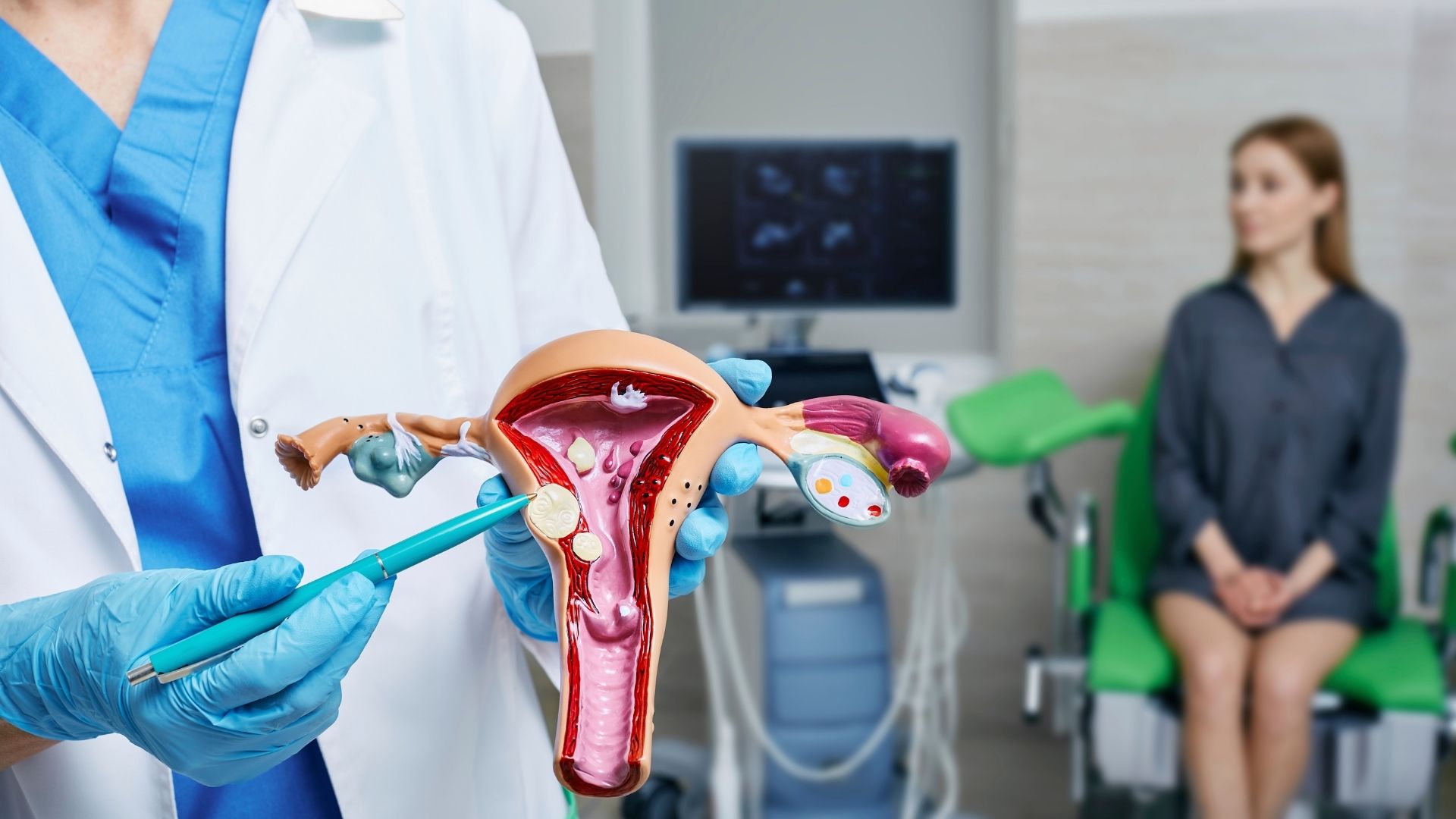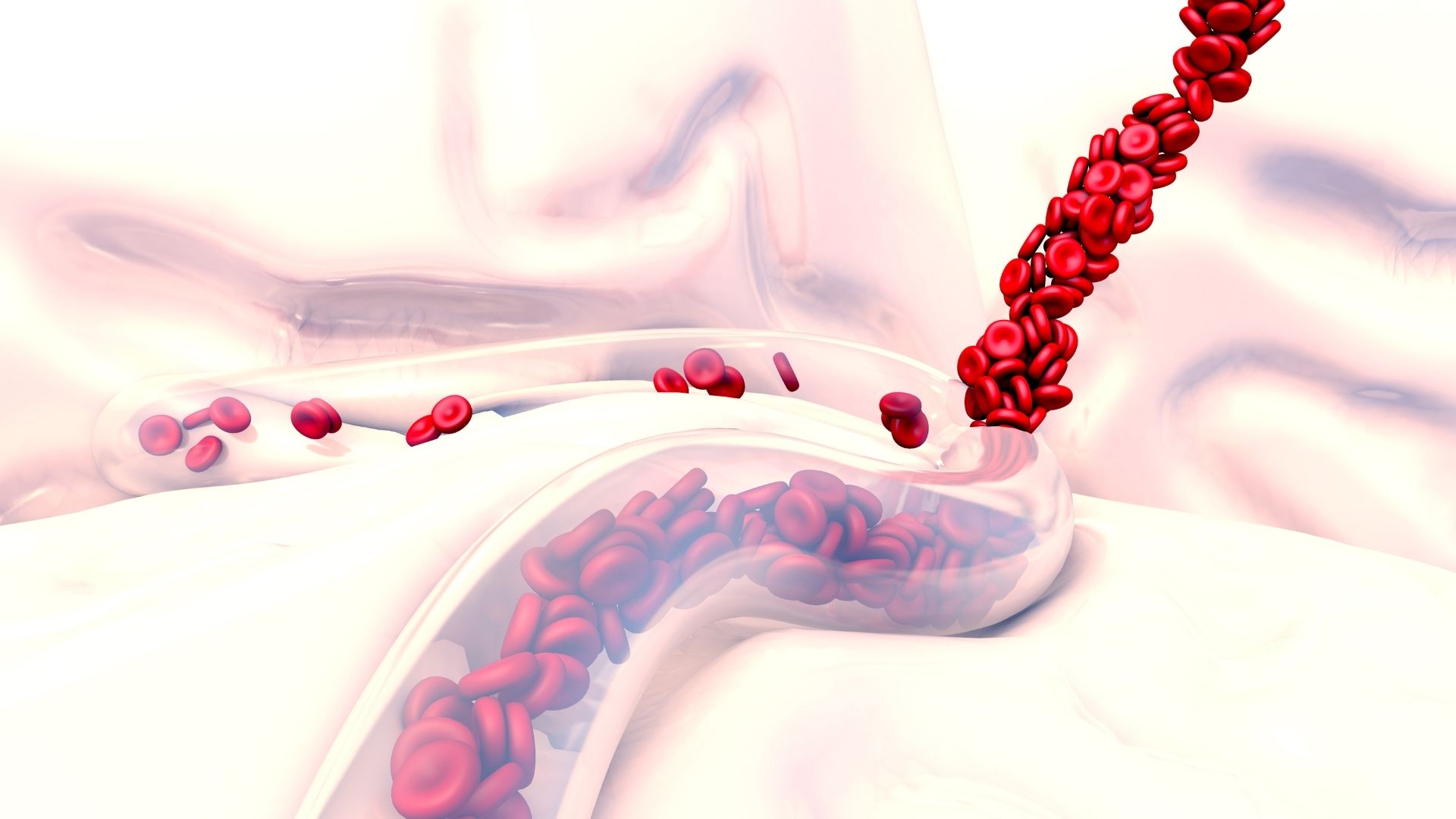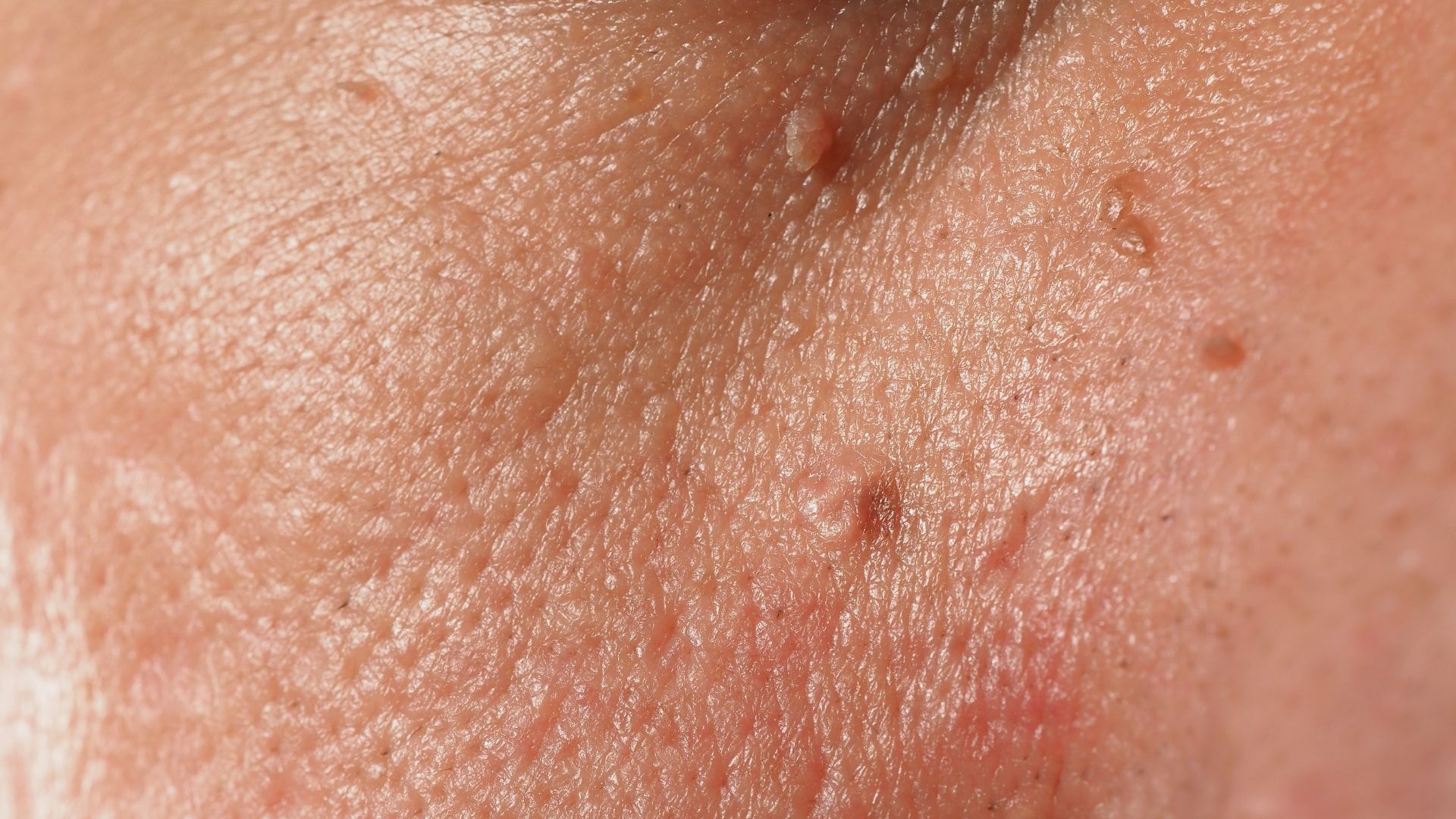What is fibroids?
Fibroids are benign tumors that originate from the muscle layer of the uterus. These tumors are one of the most common problems with women’s reproductive system. They usually form on the inner or outer wall of the uterus and can be of different sizes. Fibroids can appear at many stages from puberty to menopause, but they are more common in women between the ages of 30 and 40.
Symptoms of Fibroids
Most fibroids do not cause any symptoms or complaints. However, some women may experience the following symptoms due to fibroids:
Abnormal Bleeding: Fibroids can cause excessive bleeding or irregular menstrual cycles.
Painful Periods: Severe pain can occur during periods.
Back Pain: Fibroids can cause back pain.
Painful Sexual Intercourse: Pain sensation may be experienced during sexual intercourse.
Bladder Pressure: Fibroids can put pressure on the bladder, causing the need to go to the toilet frequently.
Intestinal Pressure: Fibroids can put pressure on the intestines and cause a constant feeling of needing to go to the toilet.
Reproductive Problems: If fibroids are close to the lining of the uterus, they can interfere with pregnancy.
Palpable Mass in the Lower Abdomen: The growth of fibroids can lead to a palpable mass in the lower abdomen.
Myoma Diagnosis Methods
Fibroids are usually discovered during routine gynecological examinations, but the following methods are used for definitive diagnosis:
History and Physical Examination: The physician takes the patient’s history and performs a physical examination.
Ultrasonography (USG): Fibroids can be detected using high-resolution ultrasounds.
Magnetic Resonance Imaging (MRI): MRI scans can be used to better visualize large or complex fibroids.
Fibroid Treatment Methods
Fibroids are usually followed if they are asymptomatic, but if symptoms are present or fibroids are growing, the following treatment options may be considered:
Surgical treatment: Fibroids can be removed by surgical methods. Hysteroscopy, closed surgery (laparoscopic or robotic surgery), and open surgery are methods used to remove fibroids.
Medication: Medicines can be used to relieve symptoms and shrink fibroids. These medications can reduce excessive bleeding caused by fibroids.
Interventional Radiologic Techniques: These can be used to block the blood vessels that feed the fibroids, preventing them from growing and even shrinking them.
The type of treatment will depend on the patient’s age, symptoms, number and location of fibroids, and plans to have children.




